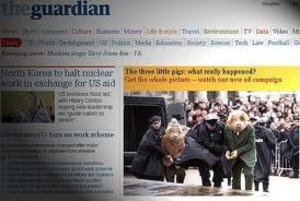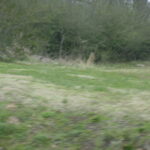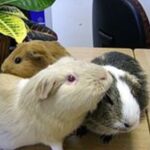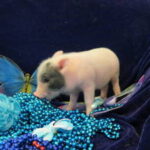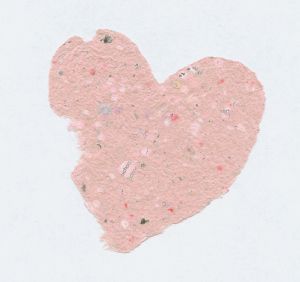Regardless of where it comes from — be it crowd sourced, driven by technology, from the agency, or any other space– we still need a Big Idea that is engaging, clever, original, fresh, memorable and long lasting. However, what’s changed is that, in addition to all of the above qualities, big ideas now need to also be a part of the conversation, be useful to consumers, be responsive to their needs, and be very shareable as well. According to a comment on Digiday by Chuck Book, president, Hamilton Gregory Marketing Communications, “Unless the human condition is on the cusp of a major evolutionary breakthrough, ‘big ideas’ will continue to be an important part of helping brands break through the clutter of an increasingly complex world.”
Big ideas haven’t disappeared. They have transformed.
Because if the Big Idea is dead how do you explain the Guardian’s category defining and game-changing TV spots.
For the last 27 years, the Guardian has used the positioning — “The Whole Picture”– that reflects what the newspaper stands for. In 2012, the Guardian wanted to show its readers that it understood that people consume news differently in a digital age, and that the newspaper is committed to providing its readers with an unbiased take on events that matter to them, regardless of how they choose to receive their news. So on February 29, 2012, the Guardian launched a major ad campaign to highlight its much talked about “open journalism” and “multi-platform credentials” through a retelling of the classic fairy tale “The Three Little Pigs” from a completely different point of view. The campaign launch was preceded with trailers, leaked footage, and teaser posters.
What makes the “Pigs” story special? Adweek’s Tim Nuddcalls it “the spot that has it all: a delightful conceit, an epic vision and deft execution.”
Within hours of the premiere of the ad across the Channel 4 network, the Guardian was already trending on Twitter and became international news overnight. The campaign was extended online. And readers were rewarded with additional articles, reports, and commentary about the “Pig” story on the Guardian’s print edition. Press and outdoor further explained the concept of “open journalism” by quantifying the various contributors to the current news stories. “The Whole Picture” campaign highlighted the relevancy of newspapers in today’s digital world by demonstrating how an open exchange of information, ideas, and opinions has the power to bring about change.
This campaign was seen in more than 200 countries; generated 100 million twitter impressions and 2 million viral views; and provided a 19 percent rise in online visits to guardian.co.uk.
There are several reasons, which make this spot memorable and stand out from the rest : it is intelligent, participatory, extremely sharable, fresh, and relevant. But above all, it is based on a single Big Idea suited for the digital world. Furthermore, it captures the essence of what the Guardian stands for and helps to bring that to life in a fun way for all users– existing and new. The Guardian’s ” Three Little Pigs” is thus a great example of how a brand’s approach to marketing can help to keep it front and center in the cultural conversation.
